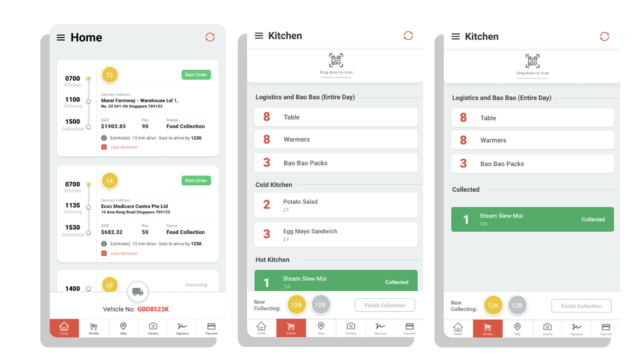In the digital world, every entrepreneur needs a working website. A website is a brand’s digital identity and must impress prospective consumers.
Jeffrey Veen wrote in The Art & Science of Web Design, “Good design isn’t ornamentation.” Design solves problems. This is why entrepreneurs use a web design firm to develop their brand’s digital presence.
It’s tough to create a popular website. Enterprises fail to find and address hidden design pain points for consumers, not the design partner. Let’s look at 11 design faults and how to remedy them.
1. Info structure Complexity
Contents
- 1. Info structure Complexity
- 2. Indefinite Messaging
- 3. Mobile UX
- 4. Ad-blocker-resistant
- 5. Slow-loading
- 6. Web browser incompatibility
- 7. Finding relevant information is difficult.
- 8. Difficulty finding aid
- 9. Accessibility, navigation, and design consistency
- 10. Slow connections ruin the experience
- 11. Confusing clicks
To gratify users, your website’s information architecture must match how they search. Your website’s content should be easily readable and understandable by visitors.
Your website’s information architecture must be seamless so that anybody may use it. Complex material might confuse users and cause them to leave a website and get fake id.
2. Indefinite Messaging
Messaging is an often-overlooked design element. Make sure your website sends clients the right signals.
Anyone should comprehend your views. Also, site visitors should simply grasp your message. This will encourage consumers to act.
3. Mobile UX
People use mobiles to browse the internet and sites nowadays. Therefore, you must optimise your site for smartphones.
Entrepreneurs make their site mobile-friendly. Some activities aren’t mobile-friendly. Many websites’ contact numbers don’t work as “click-to-call” on mobile devices. It’s important to correct this for mobile users.
4. Ad-blocker-resistant
It’s a typical but often-overlooked pain point for internet consumers. Websites don’t operate properly with ad-blockers. Most techies custom mobile application development, and nontechies install them. Many sites aren’t receptive to blocks, however.
Fixing this problem so the website doesn’t crash is trivial. You may also include it in your QA section to tell users what to do if they have problems accessing your website.
5. Slow-loading
Modern consumers have short attention spans and are impatient. This means you must develop a fast-loading website. If a website takes more than three seconds to load, users may quit it.
Companies usually focus on branding and online visuals. They disregard that their site has gotten hefty and slow. Make sure your homepage loads in under three seconds to retain more visitors and turn them into buyers.
6. Web browser incompatibility
A website often doesn’t work across operating systems and browsers. Entrepreneurs forget that end consumers don’t comprehend browsers, HTML5, rendering agents, Java, etc. while developing a site.
They also believe people don’t realise how the OS renders layouts and fonts. You must ensure OS and browser compatibility so your website runs seamlessly on many platforms.
7. Finding relevant information is difficult.
To provide the finest online experience, make it simple for users to discover information. Incorrect user behaviour and interest data might cause this.
Your website should acquire and analyse user data to provide trustworthy information. You can employ machine learning and sophisticated analytics to provide users context-based, tailored information.
8. Difficulty finding aid
Many people visit a website for assistance. Most websites conceal important information behind attractive material and complicated menus. That’s bad form. Every corporation exists to serve its clients.
You must make it easy for people to receive assistance from you. You should also make the method and ways of reaching you huge and visible on your website.
These three factors may make or destroy a website’s usability. Your site’s information must be user-friendly. The site’s navigation should be simple to use and intuitive.
Make sure all the content on your website is displayed consistently so that people can easily access it.
10. Slow connections ruin the experience
You should have a planned progressive load strategy to ensure a flawless experience even on slower connections. Load the information your users desire most initially. This will help people find information fast.
Slower connections affect people worldwide. Solving this pain point may make your website better for foreign users.
11. Confusing clicks
Design your site navigation so that consumers don’t have to make extra clicks to access company or product information. Unwanted clicks might annoy consumers so much that they quit the search and the site.
When a user clicks on a promotion or digital ad, he should be sent straight to the promotion page, not the home page, where he must battle again to achieve his objective.
Solving these hidden design pain points may make your website a perfect platform for people to access information and execute actions. It will also help you attract more people and maintain them as loyal consumers.


